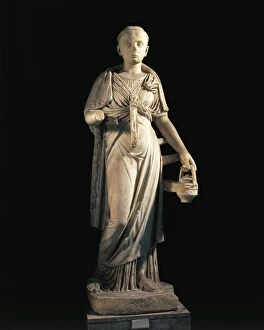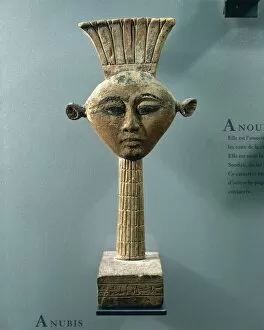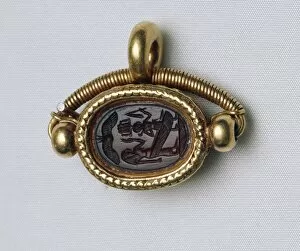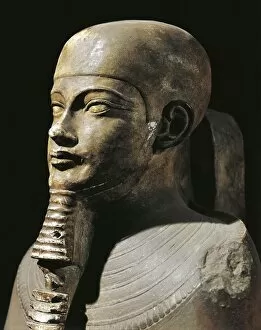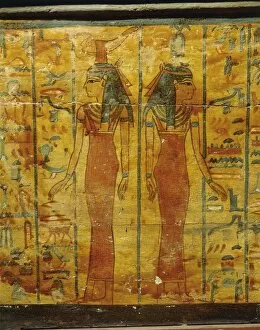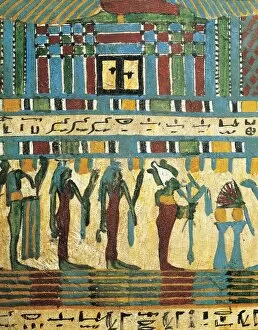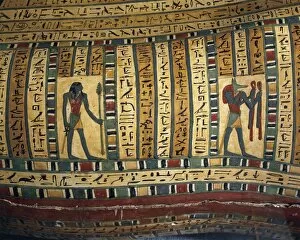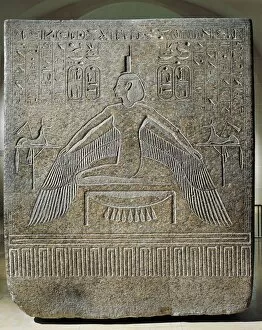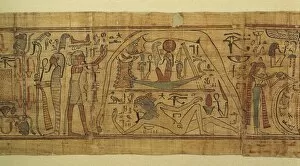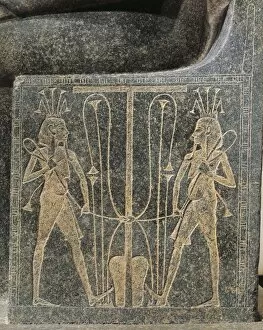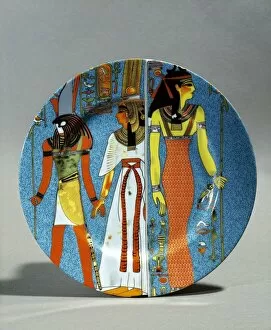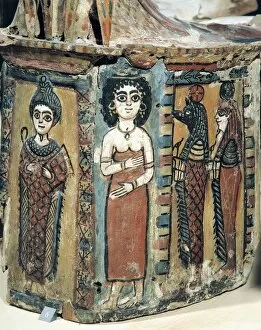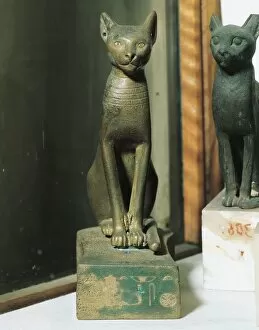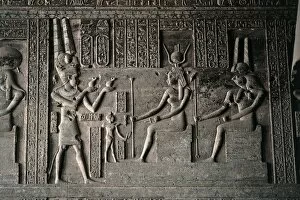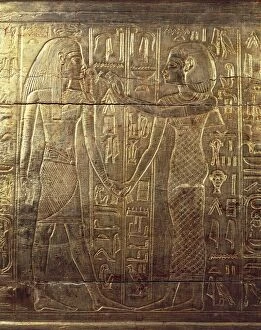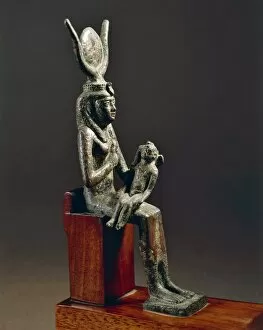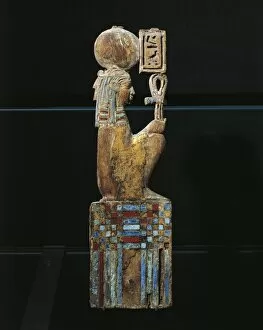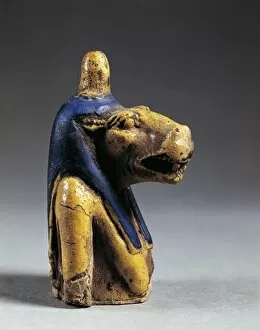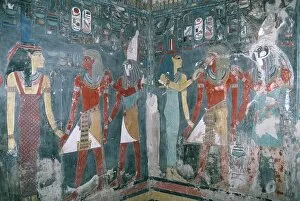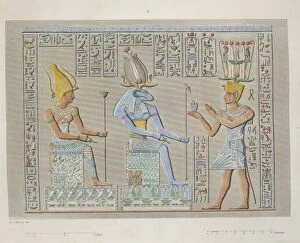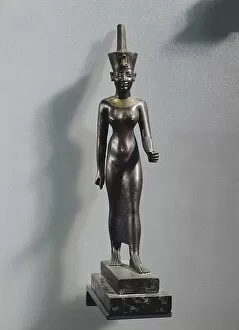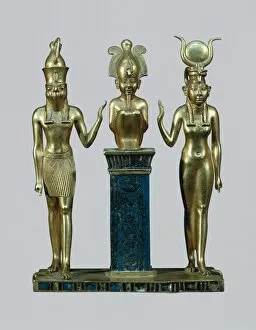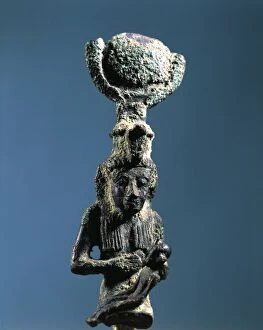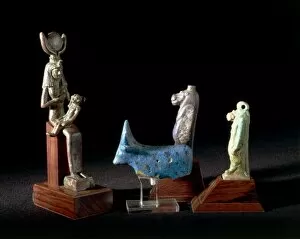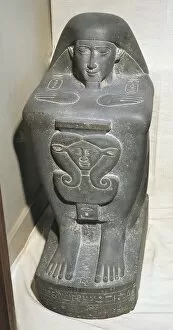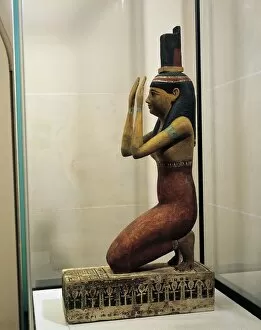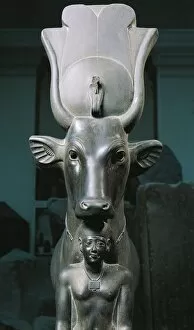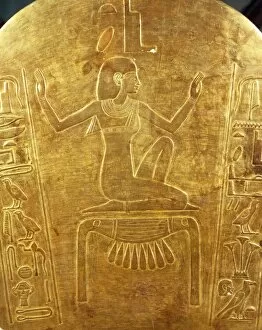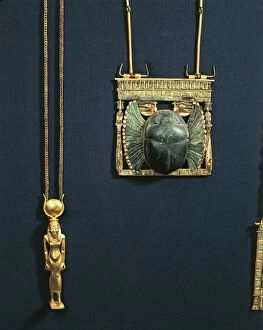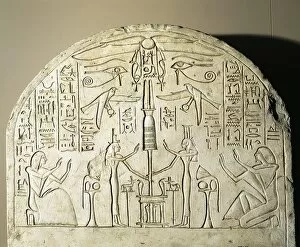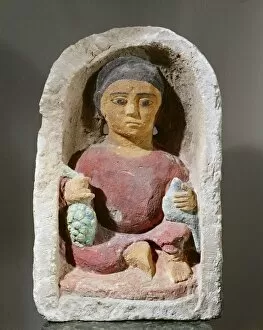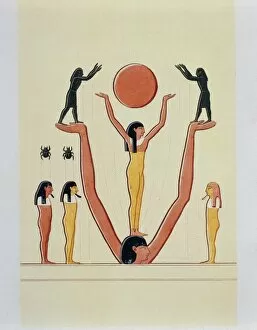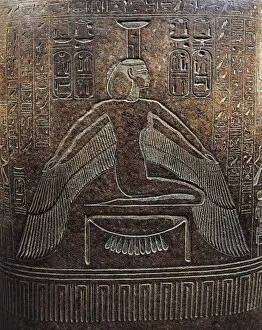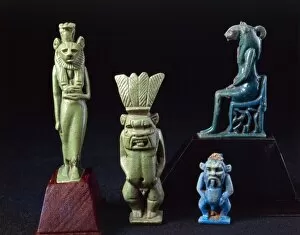Egyptian Goddess Collection (#2)
"Unveiling the Divine: Exploring the Enchanting Egyptian Goddesses" Step into a world of ancient mystique as we delve into the captivating realm of Egyptian goddesses
For sale as Licensed Images
Choose your image, Select your licence and Download the media
"Unveiling the Divine: Exploring the Enchanting Egyptian Goddesses" Step into a world of ancient mystique as we delve into the captivating realm of Egyptian goddesses. From the awe-inspiring Mortuary Temple of Hatshepsut in Luxor, Egypt to the mythical presence of Osiris, Sobek, and other revered deities, this journey will transport you back in time. The Heruben papyrus reveals glimpses of divinity on Seth's solar boat, an ethereal sight that has fascinated historians for centuries. Meanwhile, Anubis stands tall as the guardian of souls, guiding them through their final journey with unwavering devotion. Bastet and Amen Ra grace us with their divine presence, embodying both ferocity and benevolence. Witness Goddess Hathor as she offers her sacred necklace to a Pharaoh in a mesmerizing low relief carving—an act symbolizing protection and prosperity bestowed upon mortal rulers. Intriguingly enough, even modern interpretations have been inspired by these celestial beings. Moina Mathers' sketch portrays her transformation into High Priestess Anari—a testament to how these goddesses continue to captivate our imagination across time. Marvel at the intricate details found within Dendera's Hathor temple capital—a true masterpiece showcasing craftsmanship dedicated to honoring this revered deity. And let us not forget Ra—the sun god whose radiance illuminates every corner of ancient Egypt with its life-giving energy. Join us on this enchanting expedition through history as we unravel the enigmatic allure surrounding Egyptian goddesses—powerful figures who have left an indelible mark on civilization's tapestry.

